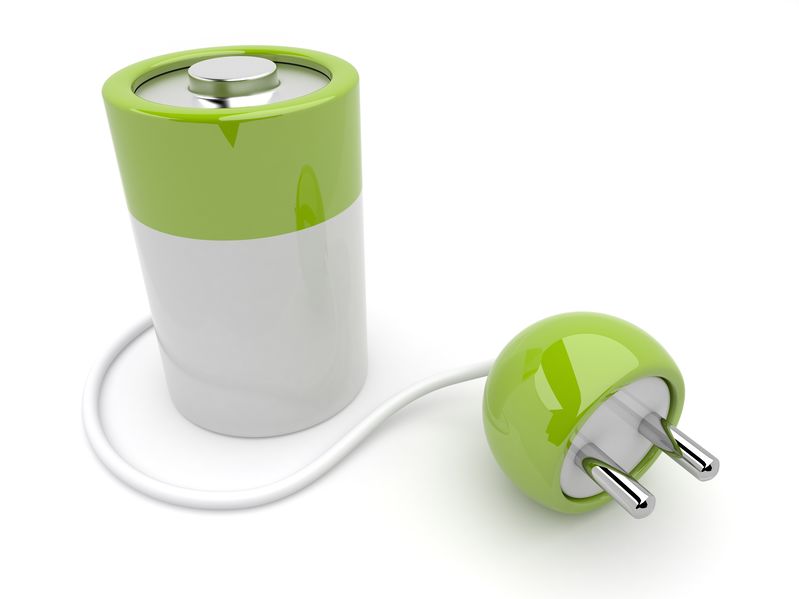The use of big batteries to partially offset the intermittency of renewables is growing rapidly. Unfortunately some utilities have adopted a deceptive practice with the public, making these battery packs seem much more important then they are. It is all part of hyping the utility’s supposed greenness, which helps their stock price but not their customers.
A recent announcement by the giant Arizona Public Service is a perfect example of this deception. It is a little bit technical, so bear with me. It is all about the difference between megawatts and megawatt hours, which the public (including the average stock analyst) does not understand. APS is trading on this ignorance.
In simple terms, think of a battery as a box of electricity, or “juice.” The megawatt (MW) capacity is how fast you can pour out the juice. The megawatt hour (MWh) capacity is how much juice the box can hold. Which measure is important depends on what you are doing and each has a price.
Here is their clever headline: “APS customers get solar after sunset with major clean-energy projects.”
They then go on to tell the wonderful story of how these big batteries will make solar powered juice available at night, for the family that longs for it (as some apparently do).
“APS will add battery storage to its existing fleet of solar power plants, build new solar plants with storage, and use storage to deliver cleaner energy to customers at times of peak energy usage. As a result, APS customers will be able to use solar energy even after the sun goes down. Family dinners, prime-time television and bedtime reading lights will all be powered by a cleaner energy mix.”
Finally we get some actual facts: “The initiatives announced today will add 850 megawatts of battery storage and at least 100 megawatts of new solar generation by 2025, for a total of 950 megawatts of new clean-energy technology.”
The trick is that they never tell you how little juice these batteries actually hold, which is very little. The 850 MW is the discharge capacity of the batteries, or how fast you can pour out the juice. The MWh, which is how much juice can be stored, is never given. It is unlikely to be more than 850 MWh and may well be a lot less. This is just a small fraction of what APS customers use in a peak hour, so very little of the juice folks are using will be stored solar. Not even an hour’s worth, much less dinner to bedtime. It might just be a few minutes worth.
They even go so far as to make the batteries look like a generator, which is truly deceptive. They add the battery MW to the solar generator MW, which gives a nonsensical result. This is pure double counting, because the juice in the battery is taken from the generator. In fact it is worse than double counting because what comes out of the battery is less than what went in. That is, using batteries to change the time the juice is used actually reduces the usable amount.
A battery is not a generator; it just stores the output from a generator. An 850 MW coal fired generator can produce that much juice, day in and day out, including nights. Wind and solar generators also produce over much of a year, as long as the wind and sun are right. But a battery just produces until it runs out, which is pretty quickly in this case.
Making a battery look like a generator is purely deceptive and that is just what APS does.
It is also noteworthy that APS never mentions what this big solar juice box is going to cost, which is a lot. According to the U.S. Energy Department, big battery systems like this average about 1.5 million dollars a megawatt. At that rate these big batteries will cost APS customers a whopping 1.3 billion dollars, just so the green among them can think they are eating dinner by solar energy at night, which they are not. Solar after sunset is not cheap, far from it. The cost of actually running all night on solar would be astronomical.
I doubt the average customer will be excited about coughing up this kind of money, just so the greens can feel good. But APS loves it because, as a regulated monopoly, the more money they spend the more guaranteed profit they make. I can see their stock price and executive salaries going up as a result.
Simply put, this is battery trickery.
